Don't hesitate to send a message
Web Menu
Product Search
Exit Menu
Assessing the Durability of Plastic Outdoor RV Mats During Prolonged Outdoor Use
Introduction to Plastic Outdoor RV Mat Durability
When it comes to outdoor living, especially for RV enthusiasts, the choice of mat plays a significant role in comfort and protection. The Plastic Outdoor RV Mat is a popular option due to its waterproof nature and ease of maintenance. However, an important question many users have is how durable these mats remain after extended exposure to outdoor elements such as sun, rain, and foot traffic. Understanding the durability of plastic mats over time is essential for making an informed investment in outdoor accessories.
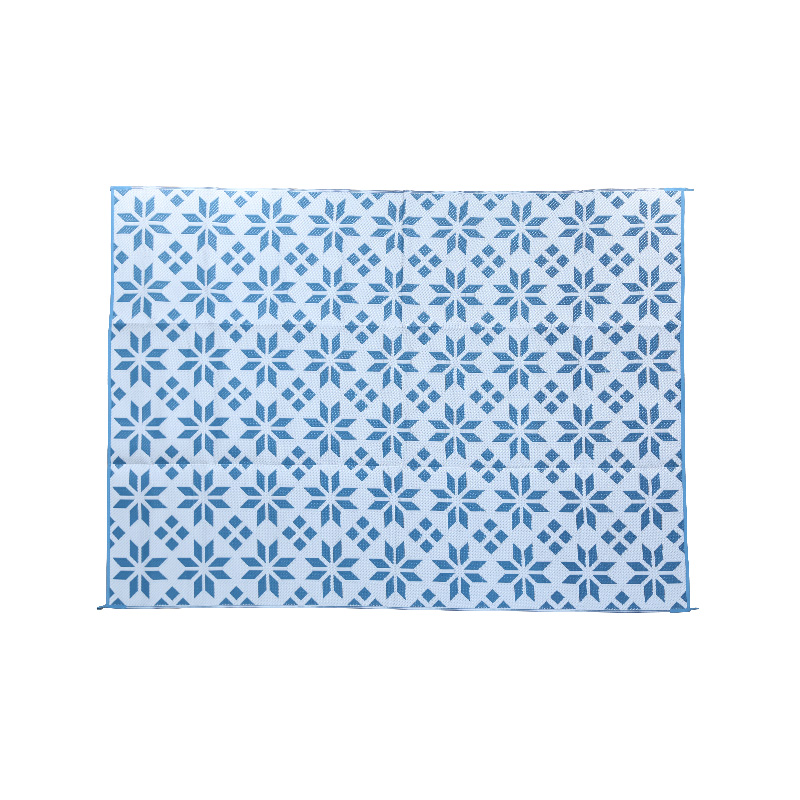
Resistance to Weather and Environmental Factors
Plastic mats are inherently resistant to moisture, which gives them an edge over fabric mats when exposed to rain or damp conditions. The material does not absorb water, preventing mold, mildew, or rotting that typically compromise the longevity of other types of mats. Additionally, many plastic mats are treated or designed to withstand ultraviolet (UV) radiation from the sun. UV resistance helps prevent fading and brittleness, common issues for plastics left outdoors for prolonged periods. However, the quality of the plastic and the presence of UV inhibitors significantly impact how well the mat holds up against sun damage.
Durability Against Physical Wear and Tear
Outdoor mats endure continuous physical stress from foot traffic, furniture, pets, and outdoor equipment. The toughness of a Plastic Outdoor RV Mat largely depends on its thickness, density, and design. Thicker mats tend to resist cracking, denting, and tearing better than thinner, more flexible counterparts. The structure of the mat—whether it is solid, interlocking tiles, or perforated—also influences how it distributes weight and resists deformation. High-quality plastic mats often feature reinforced edges or textured surfaces that reduce slipping and abrasion, enhancing their durability under frequent use.
Maintenance and Its Role in Longevity
Proper maintenance can significantly extend the lifespan of a plastic outdoor mat. Unlike fabric mats, plastic versions require only simple cleaning with water or mild detergents to remove dirt and debris. Avoiding harsh chemicals or abrasive scrubbing prevents surface damage. Storing the mat during harsh winter months or weather events can also help preserve its integrity. Neglecting regular cleaning or leaving the mat exposed to conditions without care may accelerate material degradation and reduce durability.
Limitations and Potential Weaknesses
Despite their advantages, plastic mats do have some vulnerabilities when used outdoors for long periods. Prolonged exposure to heat can cause some plastics to soften, warp, or become brittle once cooled. Freezing temperatures may cause cracking if the mat is not designed for cold resistance. Additionally, cheaper plastics or low-quality manufacturing processes often result in mats that deteriorate faster, exhibiting discoloration, loss of flexibility, or surface crazing. Consumers must evaluate product specifications and reviews to ensure they select mats suited for their specific climate and usage patterns.
Durable Choice with Proper Selection and Care
The durability of a Plastic Outdoor RV Mat during long-term outdoor use depends on multiple factors, including material quality, weather resistance, physical toughness, and maintenance. When chosen carefully and cared for properly, plastic mats offer good longevity, maintaining both functionality and appearance through seasons of use. Understanding these aspects helps RV owners and outdoor enthusiasts select mats that provide reliable performance, making their outdoor living more comfortable and enjoyable.
-
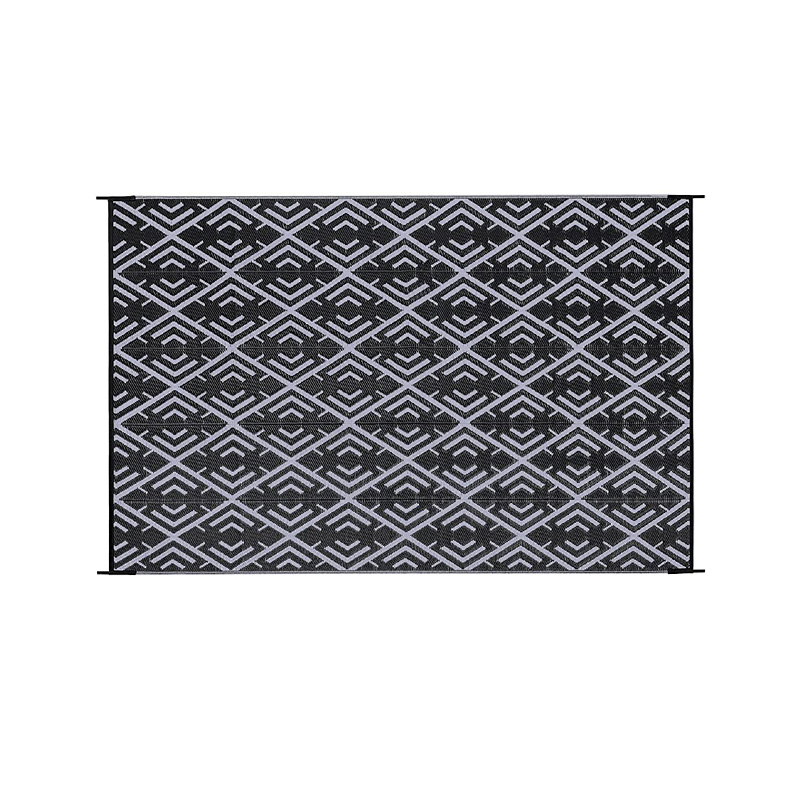
Lightweight Polypropylene Plastic Outdoor RV Mat
Features Weather-resistant polypropylene mat UV-stabilized to prevent fading Mold and mildew-resista...
-
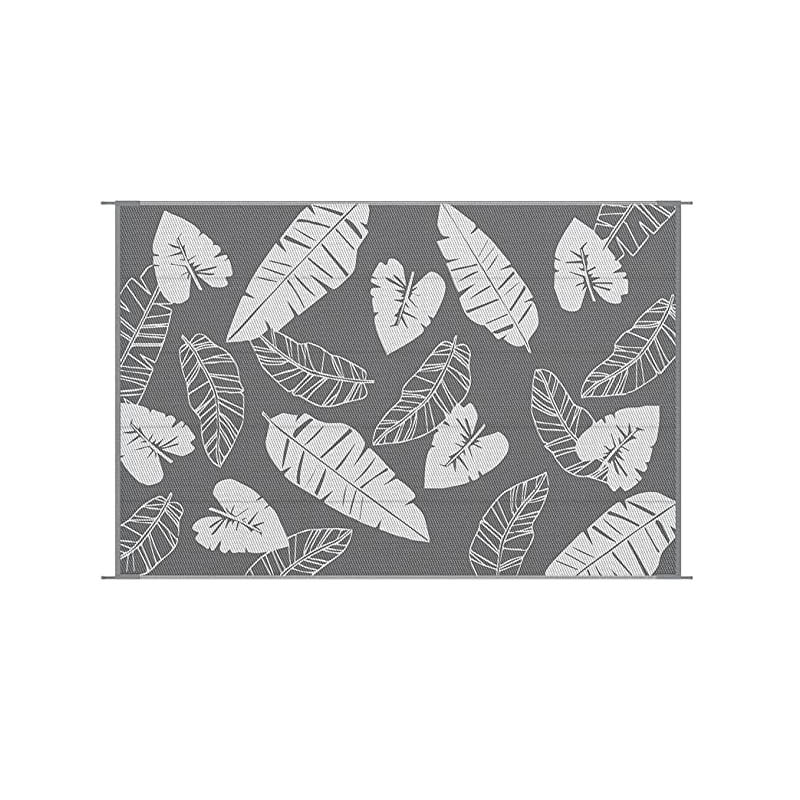
Large Foldable Anti-UV PP Weaving Straw RV Rug
Features Soft And Durable: Made with virgin polypropylene breathable material designed to be safe to...
-
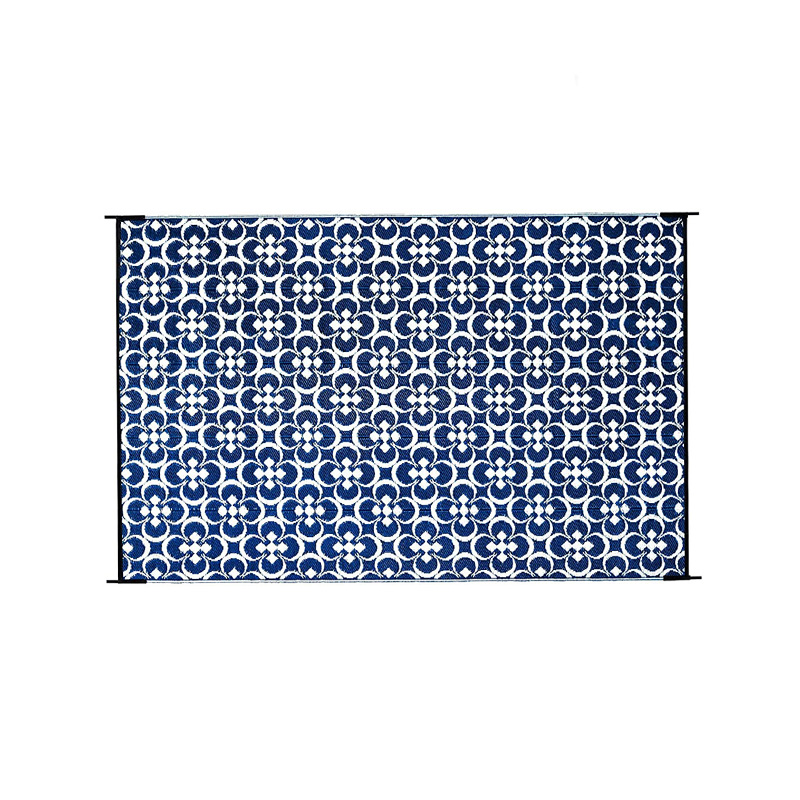
Recycled Moistureproof Plaid Outdoor Mat For RV
Features Heavy-Duty & High Quality & Durability: Our heavy-duty reversible RV mats are made ...
-
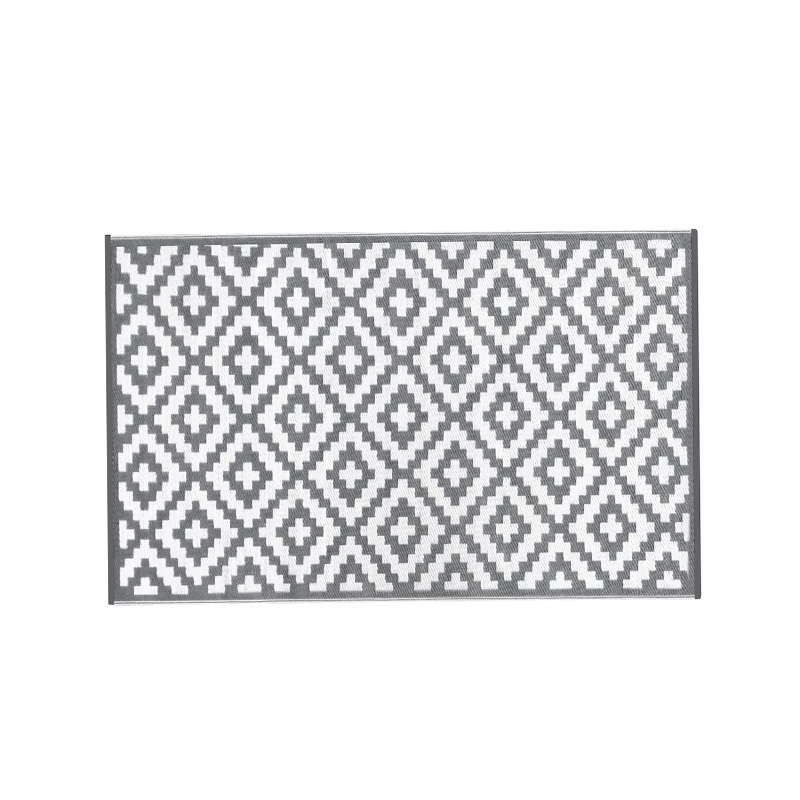
UV Resistant Patio Outdoor Rug
Features Reversible Stain-Resistant Straw Rugs: The outdoor rugs for patio clearance is a reversible...
-
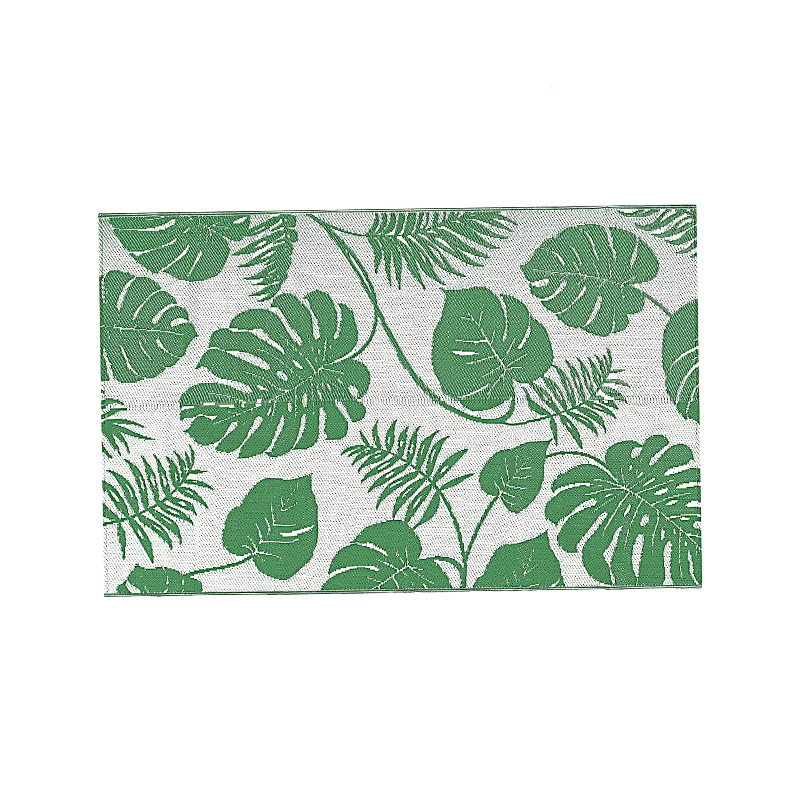
Durable Outdoor Polypropylene Mat For Patio
Features Reversible Outdoor Rug: The outdoor plastic straw rug with timeless medallion design is ele...
-
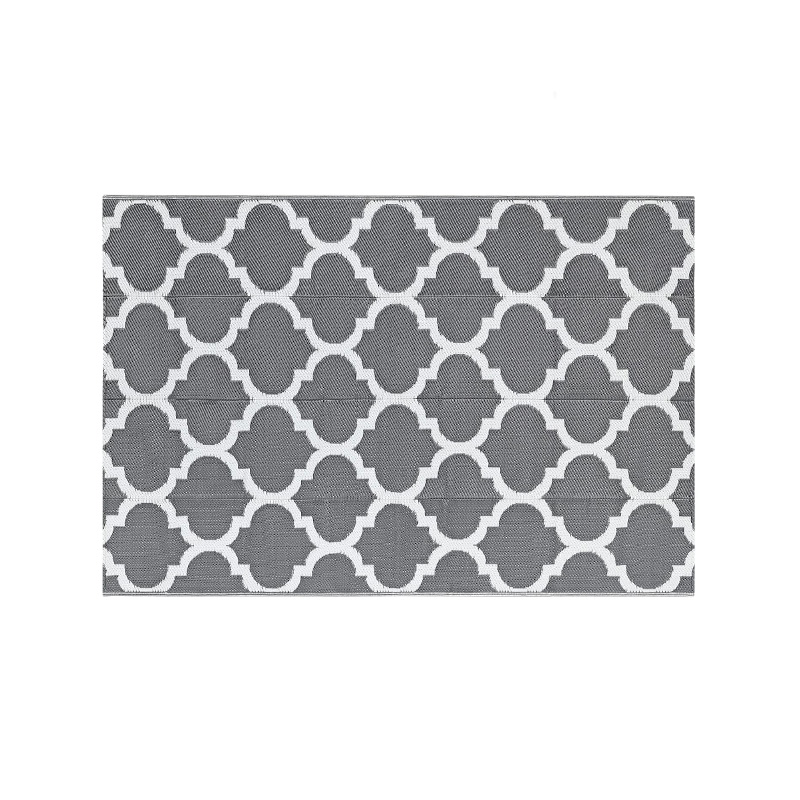
Recycled Plastic Straw Matting For Outside
Features Reversible Outdoor Rugs: It is easy to use on the patio, deck, beach, and backyard. This ou...
-
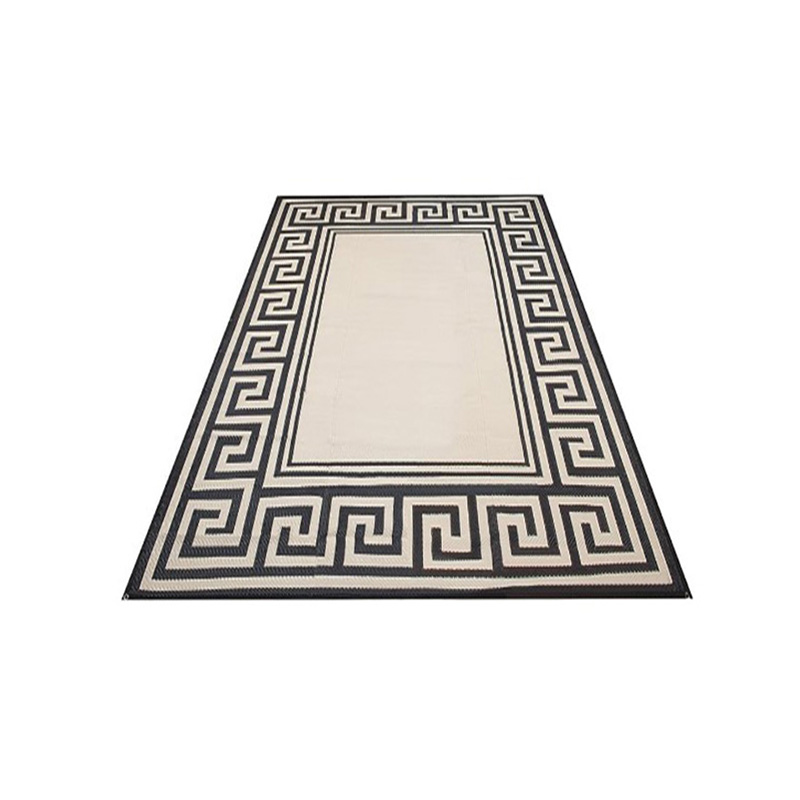
BSCI Audit PP Straw Camping Outdoor Rug
Description Introducing the BSCI Audit PP Straw Camping Outdoor Rug by AIYISI, an outdoor gear manuf...
-
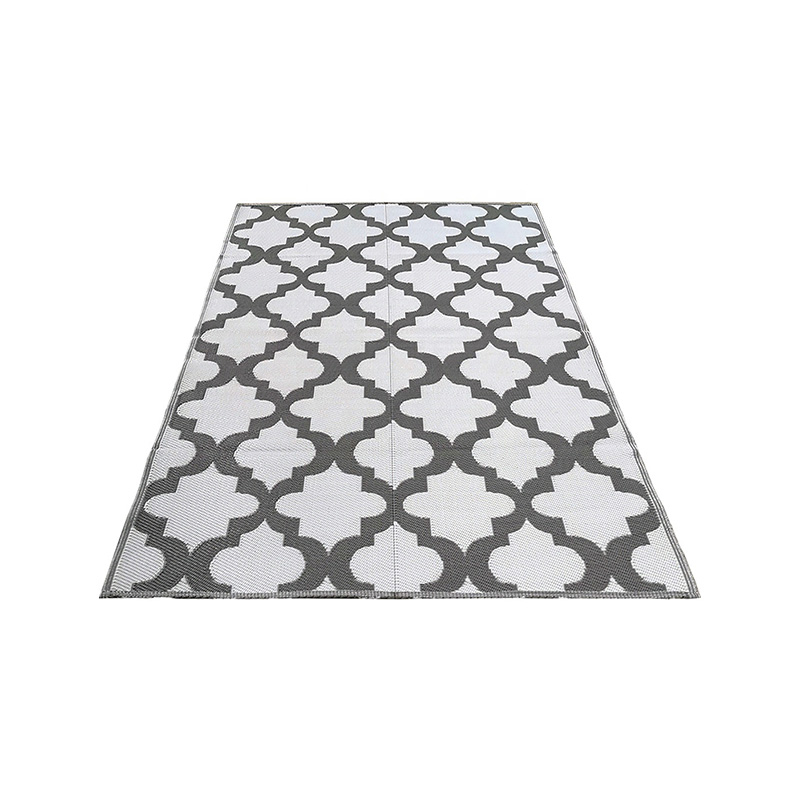
Plastic Matting Cheap PP Woven Recycled Campping Mats
Description At AIYISI, we take pride in offering high-quality outdoor products tailored to meet the ...

- FAX : 86-0576-83352177
- E-mail : [email protected]
- Phone : +86-0576-83207588
- Add: No.10 Yongan Road, Binhai industrial park, Sanmen County, Taizhou City, Zhejiang, China.


 English
English Deutsch
Deutsch

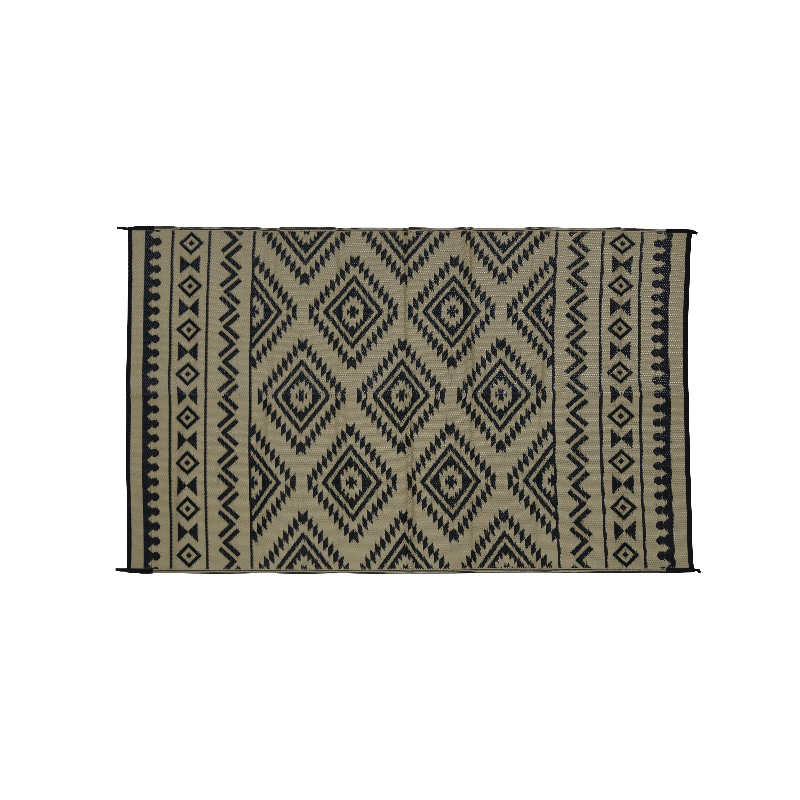

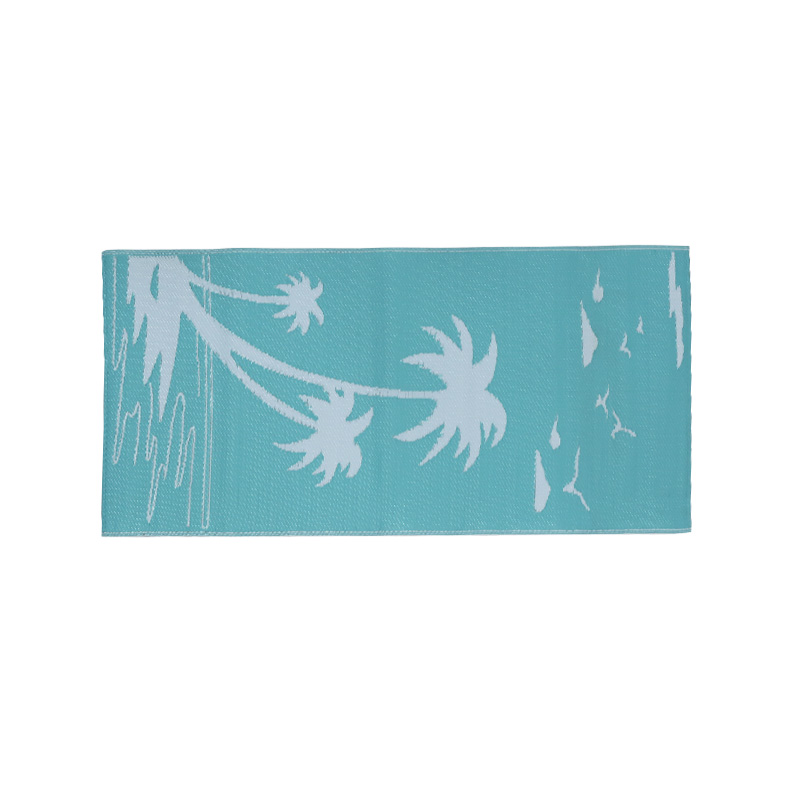
 Facebook
Facebook Youtube
Youtube Twitter
Twitter Instagram
Instagram